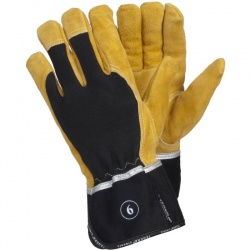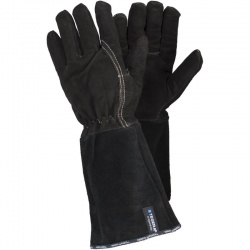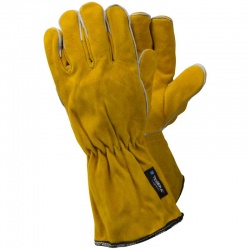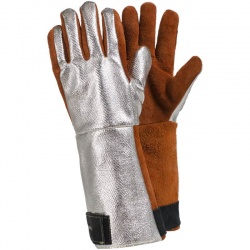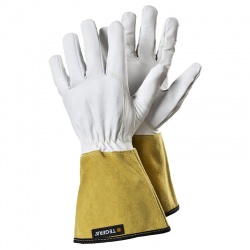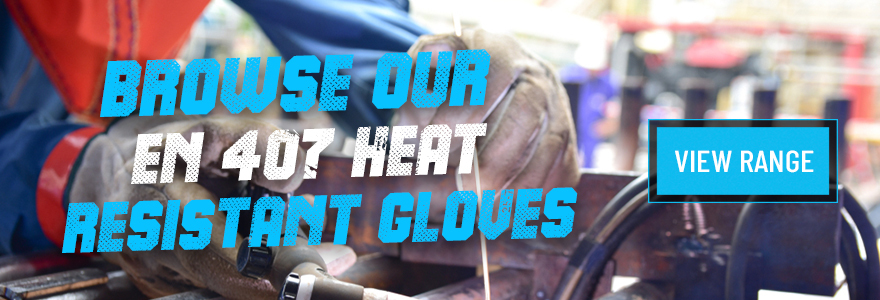| EN 407 Explained6 December 2022 EN safety standards can be difficult to understand. Whether you've heard of EN 407 or not, you've probably seen a set of numbers on the back of your heatproof gloves. We've put this article together to answer your questions and to give you a better understanding of the rating so you can select the best pair of gloves for your unique application. Whether you're welding, cooking or conducting mechanical engineering work, we've got you covered. After following a few easy steps, you'll be able to decipher what each EN 407 rating is about, what each number means and how to get the right pair of gloves for you and your workmates. What Does Our Guide Cover?
What Is EN 407?EN 407 is a general European standard designed to be used for any glove that is to be sold as providing protection against thermal hazards. The sign will often appear with six digits that show how well your glove did in a particular test. All six tests are graded on a scale from 0 to 4, with 0 signifying that the glove failed the test, and 4 demonstrating it has achieved the maximum resistance in that specific area. Gloves that have passed at least one of the six tests for thermal hazards will typically be marked with this symbol: EN 407 Quick Facts
Flame Resistant Gloves ExplainedWhat Is Flame Resistance?This test, also known as burning behaviour or burning resistance, is based on the length of time a piece of material continues to burn and glow after the source of ignition is removed. Consult the table below to find out what a specific rating means in terms of after-burn and after-glow times. Who Needs It?
Our Top Picks for Flammability and Burning ProtectionSee our top picks for flame, ignition and burn resistance, below.
Contact Heat Resistance ExplainedWhat Is Contact Heat Resistance?Contact heat resistance test is based on the temperature range (100 - 500°C) at which the user will feel pain for at least 15 seconds. When a glove obtains an EN Level 3 in this test, it should record at least EN Level 3 in the flammability test. If this is not the case, the maximum contact heat level is reported as Level 2. Who Needs It?
Our Top Picks for Contact Heat ResistanceWhether you're welding, washing up or handling heated metal in a workshop, we've got you covered. Take a look at some of our most popular options, below.
Convective Heat Resistance ExplainedWhat Is Convective Heat Resistance?Convective heat resistance is tested based on the length of time the glove is able to delay the transfer of heat from a flame. A level of performance is only mentioned if a performance Level 3 or 4 is obtained in the flammability test. Who Needs It?
Our Top Picks for Convective Heat ProtectionProtect your hands against airborne heat, with our tried, tested and loved gloves. We've listed a few of our and our customer's favourites, below.
Radiant Heat Resistance ExplainedWhat Is Radiant Heat Resistance? Radiant heat resistance is measured with the length of time the glove is able to delay the transfer of heat when exposed to a radiant heat source. A level of performance is only mentioned if a performance Level 3 or 4 is obtained in the flammability test. Who Needs It?
Our Top Picks for Radiant Heat ProtectionTo save you time, we've drawn on customer reviews, expert advice and our own expertise to catalogue the best radiant heat protection gloves on the market. See below or click the button to view more options.
Resistance to Small Splashes of Molten Metal ExplainedWhat Is Molten Splash Protection?The resistance to small splashed of molten metal is measured with the number of molten metal drops that are required to heat the glove to a given level. A level of performance is only mentioned if a performance Level 3 or 4 is obtained in the flammability test. Who Needs It?
Our Top Picks for Small Molten Splash ProtectionSee below for our favourite small molten splash protection safety gloves.
Resistance to Large Splashes of Molten Metal ExplainedWhat Is Large Molten Splash Protection?This test determines the weight of molten metal that is required to cause smoothing or pinholing across a simulated skin placed directly behind the glove sample. The glove fails the test if metal droplets remain stuck to the glove material or if the specimen ignites. Who Needs It?
Our Top Picks for Large Molten Splash ProtectionLarge molten splash is one of the most serious hazards regulated by EN 407. To make sure you're protected, take a look at our expert recommendations below.
Test Your EN 407 KnowledgeLet's look at Ejendals Tegera 169 Heat Resistant Work Gloves. Their EN 407 rating is 41214X. We've broken down each rating below to show you just how they'll appear on our website.
These ratings demonstrate that Ejendals 169 Heat Gloves have achieved the maximum rating for resistance to burning and small splashes of molten metal. They've also passed the contact heat test, achieving a level 1 rating in the process. This level 1 rating demonstrates they allow the user to handle material of up to 100°C for up to fifteen second.
More Useful PagesIf you haven't found what you're looking for here, click below to view another of our informative articles.
The Last Word...Finding the right pair of safety gloves is crucial when your work includes dealing with sources of heat, hot materials or molten metal. We hope this short article will help you find the right pair for your needs, and if you already know what you are looking for, don't hesitate to check out our range of Heat Resistant Work Gloves. | ||||||||||||||||||||||||||||||||||||||||||||||||||||||||||||||||||||||||||||||||||||||||||||||||||||||||||||||||||||||||||||||||||||||||||||||||||||||||
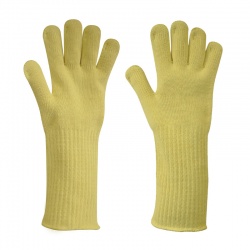


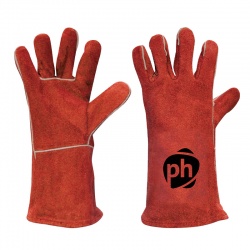
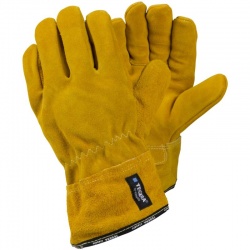
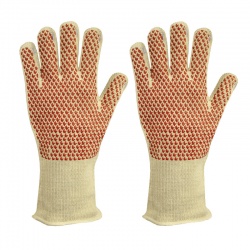
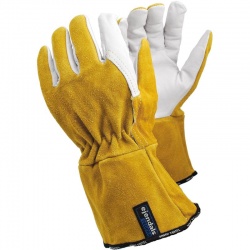
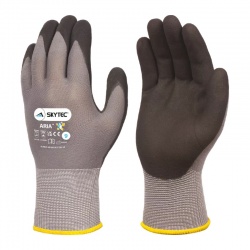
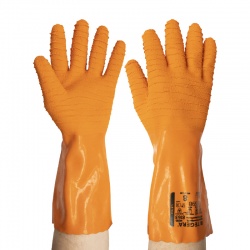
[3].jpg)
